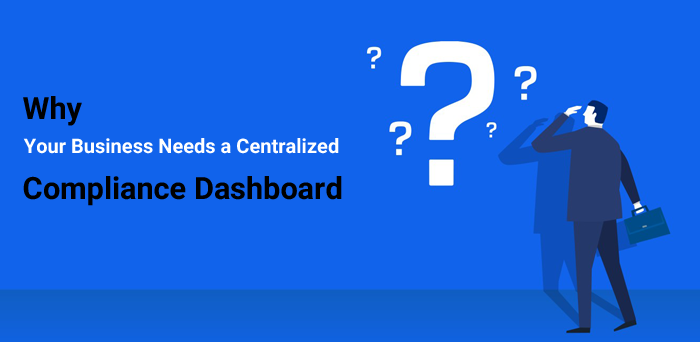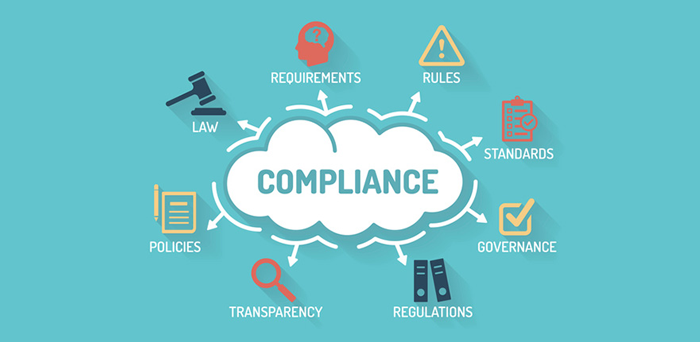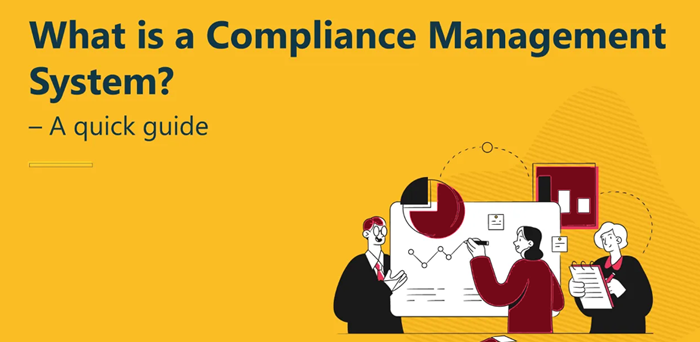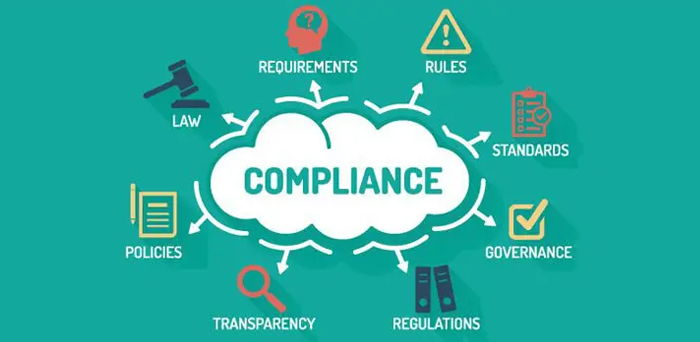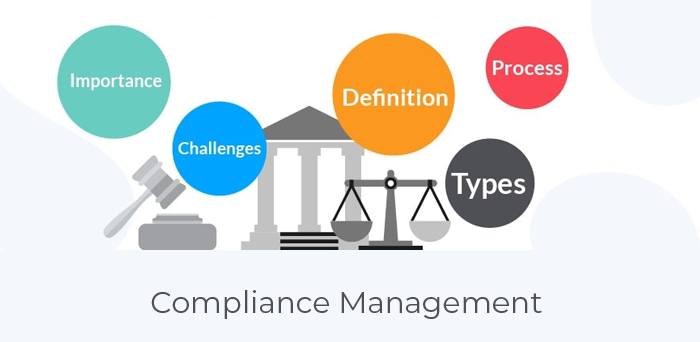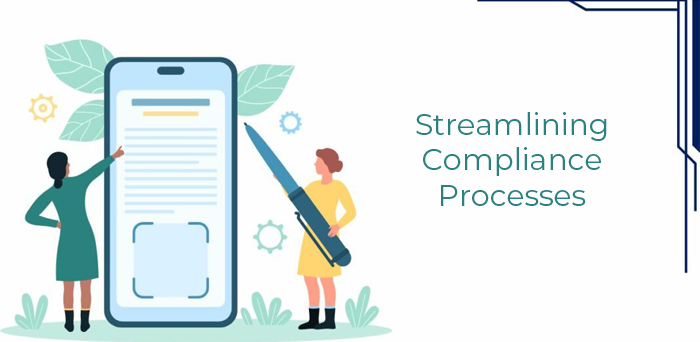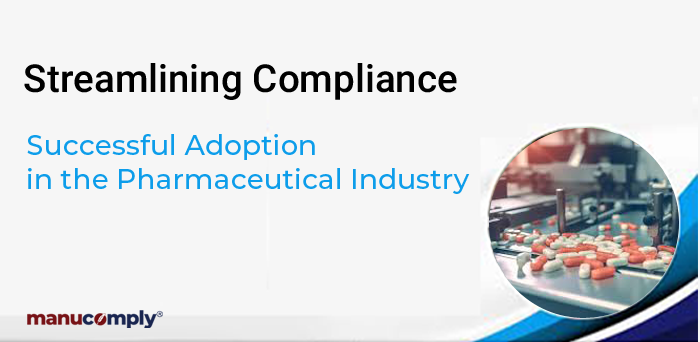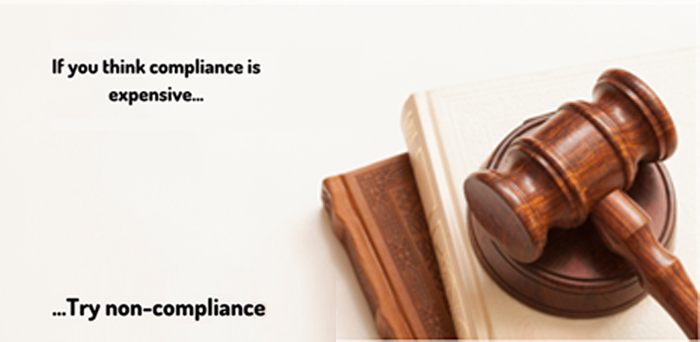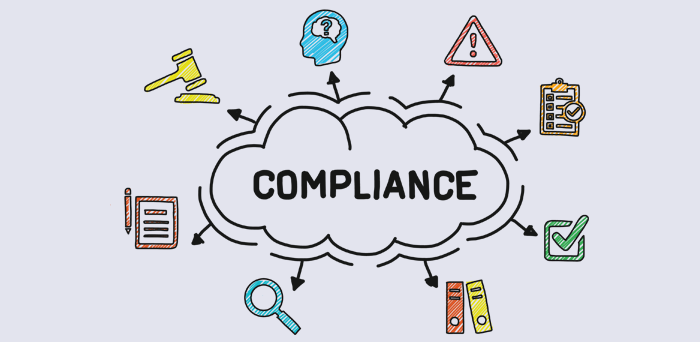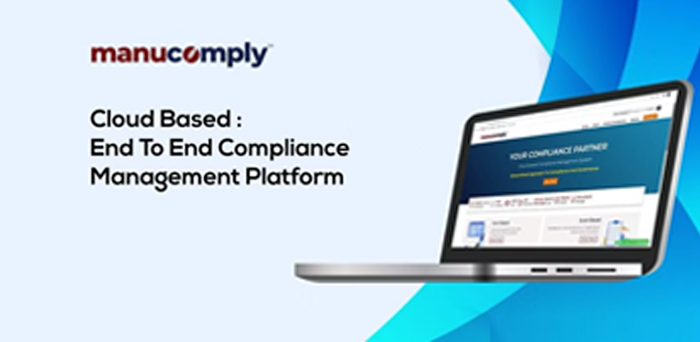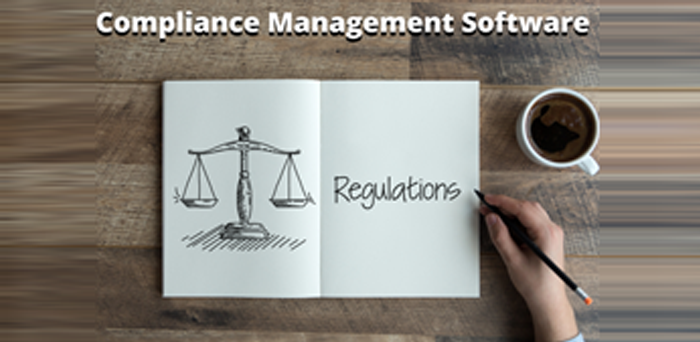
Systematic Approach and Management of Compliance Risk
An organisation is kept in conformity with the appropriate regulations regulating the sector through an efficient compliance management system. It offers a visual understanding of the organization's compliance initiatives.
Although it can seem like a difficult undertaking, managing compliance risk is essential for banks and other financial institutions to run smoothly. Compliance hazards rise along with accessibility and global legislation. Internal and external restrictions vary by industry and determine what a business may and cannot do. They help a company manage daily operations while keeping them informed of best practices.
Negative consequences, such as fines and closures, arise from breaking the specified rules and regulations. The systematic strategy for identifying, mitigating, and reviewing ongoing compliance risks is a critical component of managing compliance risk.
Compliance Management System
An organisation is kept in conformity with the appropriate regulations regulating the sector through an efficient compliance management system. It offers a visual understanding of the organization's compliance initiatives. Without a structured strategy, compliance teams struggle to track and monitor the activities and functions inside the organisation. While adhering to various regulatory obligations, a competent regulatory compliance management system proactively handles all the risks. A compliance system acts as the hub for all data management, sharing, and archiving activities. Organizations can control and limit employee access to data while ensuring that some individuals have full authorization to access the information they need.
Steps to manage
Knowing the organization's genuine risks is essential to managing compliance risks. Your efforts to ensure compliance will be ineffective if a risk assessment is not thoroughly and scientifically supported. In other words, if a compliance programme does not address the appropriate risks, its policies and due diligence are meaningless.
Since resources are sometimes scarce, compliance departments must keep in mind that there is no one-size-fits-all method for performing risk assessments. Repeating the same strategy will eventually result in resource waste or an allocation of resources to low-risk markets. In order to properly prioritise and mitigate the risk, it is crucial to first determine its level.
Coordinating Compliance with Third Parties
Every firm engages in transactions with third parties, and the quantities vary greatly depending on the type of business, particularly among financial institutions. Since there are many compliance risks associated with third parties, it is crucial to conduct continuing due diligence for them.
In order to effectively manage compliance risks, a firm should implement a strong due diligence framework. When the company works with outside partners, due diligence must be streamlined, integrated, and automated. You will be able to automatically screen and classify third parties with an end-to-end solution.
Recognize the Most Recent Enforcement Guidelines
Money laundering, anti-corruption, data protection, and expert control legislation are the most common compliance hazards. The process of risk assessment should include knowing the most recent requirements imposed by laws and regulations. Along with knowing the language of the law, it's essential to keep up with the most recent enforcement guidelines announced by regulatory organisations. When problems develop, compliance teams can modify compliance processes to take advantage of the policies.
The culture around it
Every compliance team aspires to mold the compliance system to meet the strictest standards established by the authorities. However, it is possible to lose track of issues or fail to follow policies. Setting compliance and ethics as the center of the business demands an organization-wide effort. The desired level of ethical behavior must be communicated to all employees by senior leadership. In practice, this idea is supported by the delivery of training and team-building exercises, which ensure conflict mediation and manual process reduction to increase engagement throughout compliance efforts.
Consistent Reports on Compliance Efforts
The constantly evolving financial landscape necessitates that compliance initiatives be kept current. The management of compliance is a continuous process, requiring compliance teams to review all policies and processes to make sure they address all potential threats to a business. Officers of compliance must determine whether they need to assess compliance initiatives. The optimal time to conduct this exercise is just before a company enters a market with a high degree of risk.
Conclusion
Since it necessitates following intricate rules and processes, managing compliance risks is challenging. Automation of typical compliance management procedures reduces frustration and allows for quicker data analysis. It provides time for strategic planning along with internal adjustments and the improvement of compliance programs.
Setting up a systematic strategy with automated solutions is an excellent place to start when it comes to risk monitoring and control in any firm. Risk and compliance software can help financial organisations manage difficulties without compromising company goals. Manucomply is made for banking and financial services and can be used if you need a regulatory change management solution, a third-party risk management solution, monitoring, and testing, risk assessments, Key Risk Indicator monitoring, or problem management. To find out more, request a demo today!
